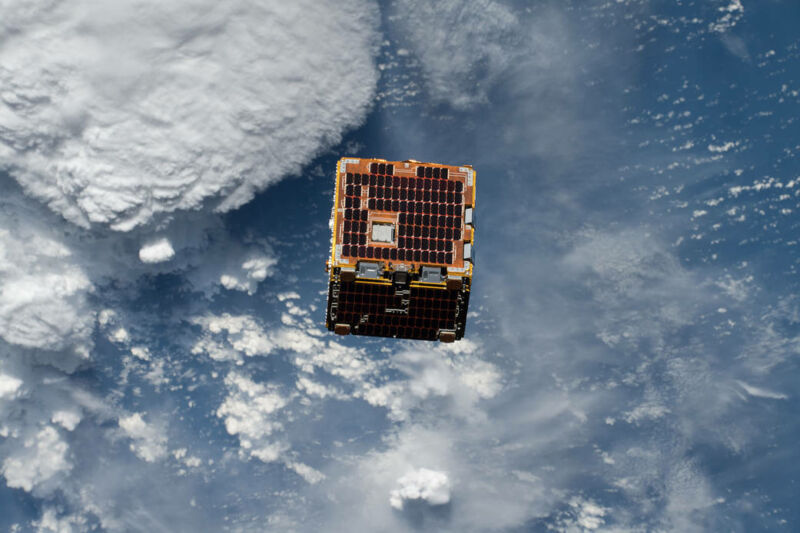
Arctic Astronautics, a Finnish business, plans to launch the world’s first wooden satellite into space before the end of the year. The WISA Woodsat satellite is a cube-shaped nanosatellite built of birch plywood with European Space Agency-developed sensors.
The cube satellite is 10cm long, 10cm tall, and 10cm wide. The goal is to see if wood can withstand the vacuum, cold, heat, and radiation found in space. Jari Makinen, the brains behind the Woodsat, questions, “Why don’t we fly any timber items in space?” Arctic Astronautics was co-founded by Makinen. His company creates completely working satellite replicas that are ready to launch into orbit.
The reproductions are primarily utilized for education, training, and recreation. The satellite’s wood has been vacuum-dried to remove the moisture that can cause problems in space. A metal selfie stick and corner aluminum rails for deployment in orbit are the only non-wood pieces outside the wooden spacecraft.
ESA is sending a suite of sensors to the satellite to assess if and how it survives the severe conditions of lower earth orbit. According to an ESA press release, “the first item we’re commenting on is a pressure sensor, which will allow us to determine the local pressure in onboard cavities in the hours and days after launch into orbit,” said Riccardo Rampini, head of ESA’s Materials Physics and Chemistry.
A contamination monitoring tool is also included in the sensors, which will detect any sensitive deposits on the satellite’s circuit board or wooden body. The satellite will be launched from New Zealand on a Rocket Lab Electron rocket constructed in the United States.
Despite being exposed to atomic oxygen, WISA Woodsat’s pre-flight testing suggests that it will survive in an orbit as high as 500-600 kilometers. Unfiltered UV sunlight, on the other hand, will discolor the wood, as predicted by experts.







